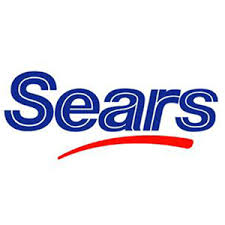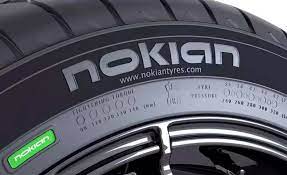Category Experience Can Be Bull Shite.
I can count on 10,000 fingers the number of times I’ve come across hiring scenarios where people are looking for category experience. Steeped, repetitive, ingrained category experience is drawing the life out of innovation. That’s why the web and app-based tech sector is so vibrant. It’s only a few years old.
I have a really smart friend with lots of marketing muscle who owns a consulting business. She is employing a team of business development “hunters” to grow business by targeting certain categories: healthcare, tech, automotive, etc.
But what if she took a different tack? What if she looked at the business problem from the perspective of prospects? What if the hunters were organized not by business category, but by growth category? For instance, companies growing by 100% a year, companies growing by double digits, companies growing by single digits. Or how about companies holding at zero growth, or losing revenue by double digits?
Then allow the hunters to devise strategies tailored to these segments. The marketing tactics for the high growth companies are immensely different than those of no growth companies. The strategies for single-digit growers differ broadly for single digit losers.
The fact that a company is in a category presents neither a problem or an opportunity, so why do marketing consultants roll that way? Revenue growth and the speed of revenue growth are what companies need to learn about and affect. Freshies.




